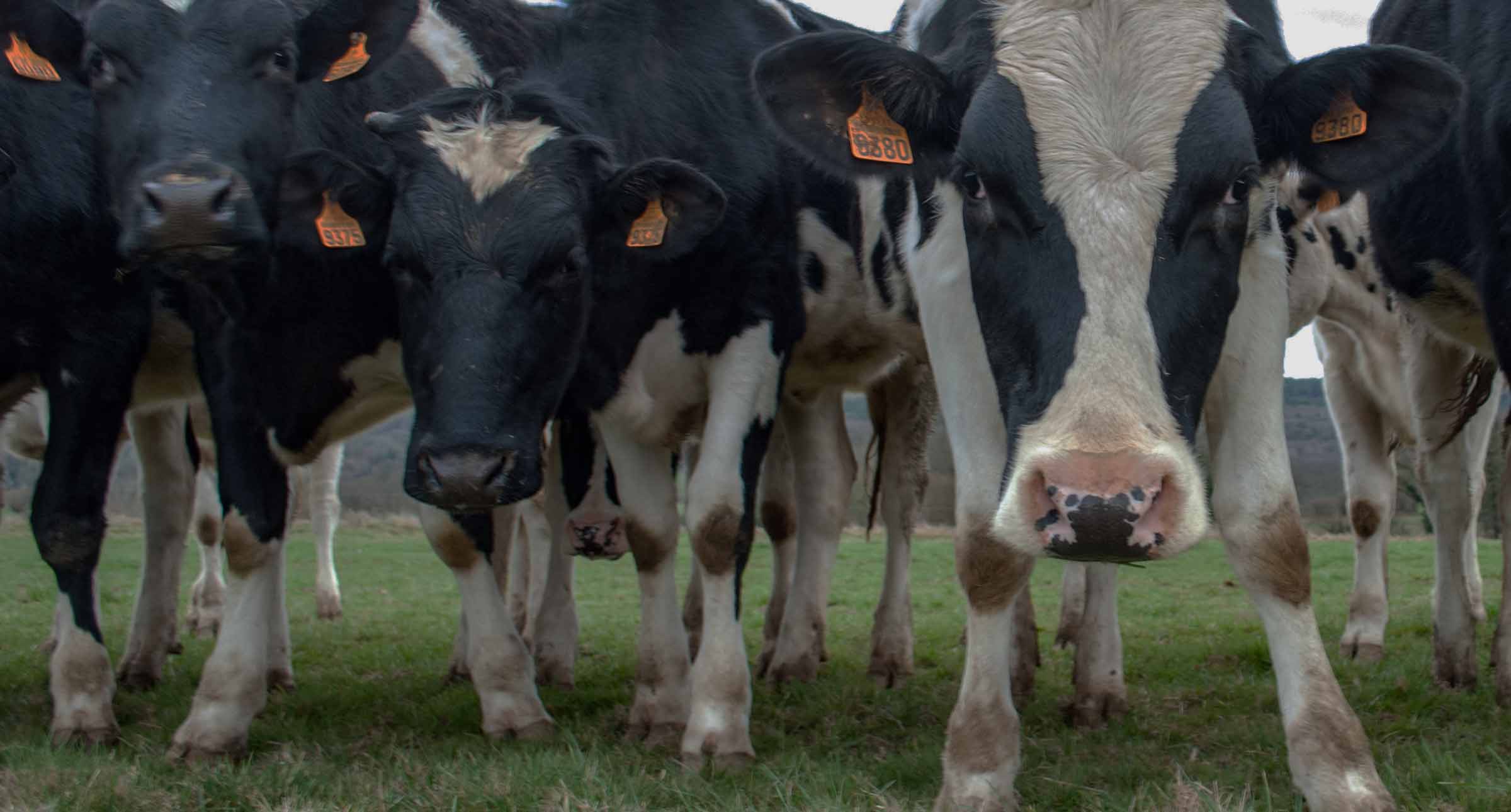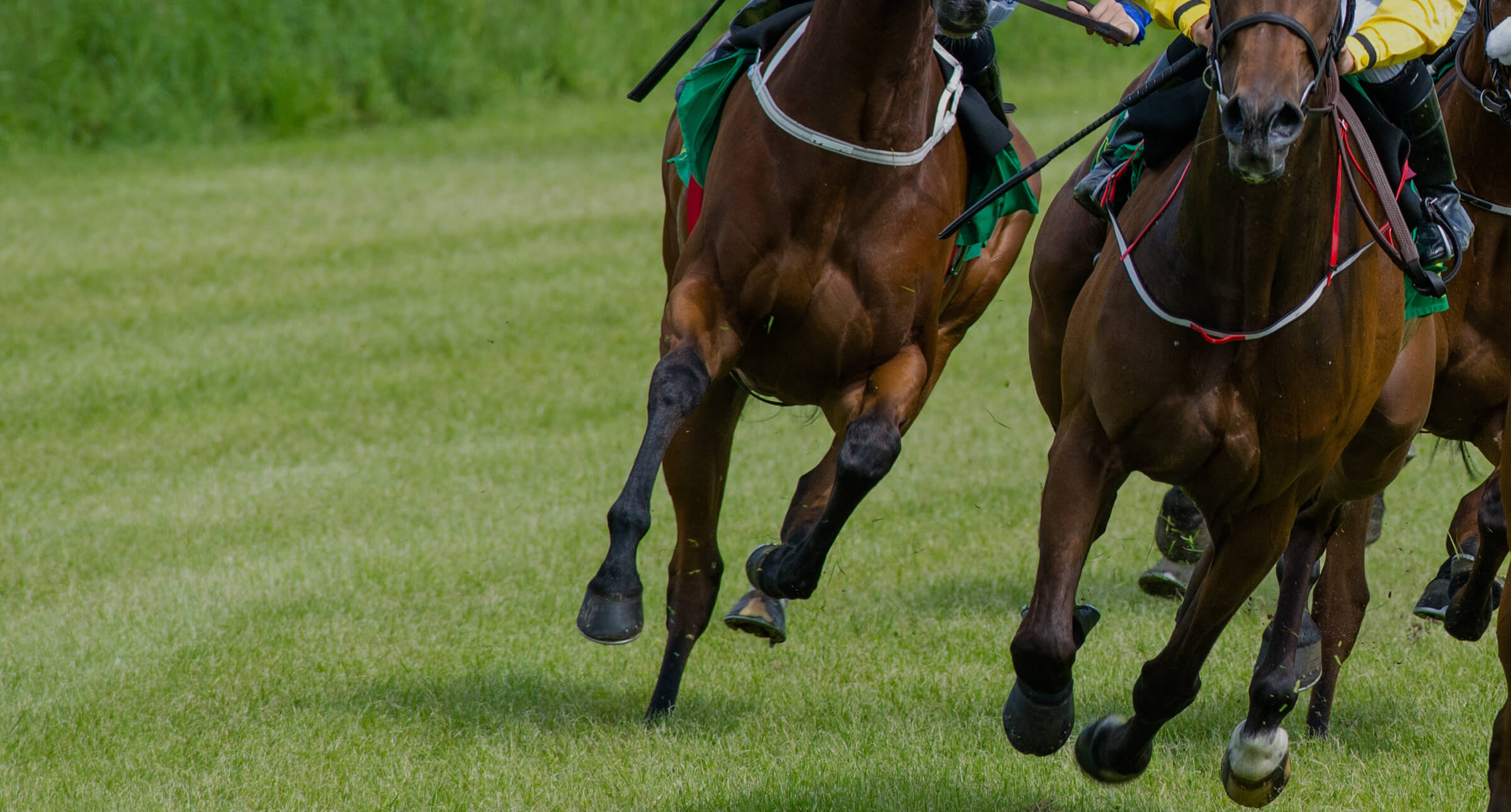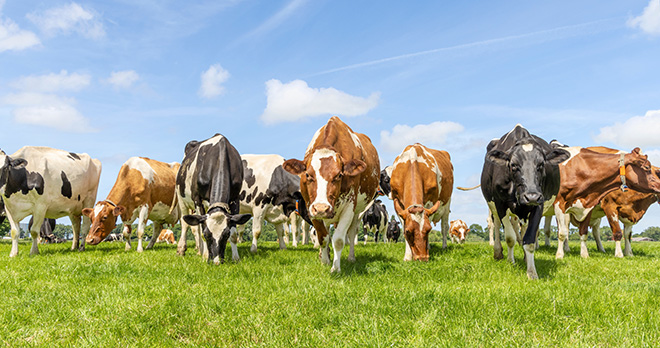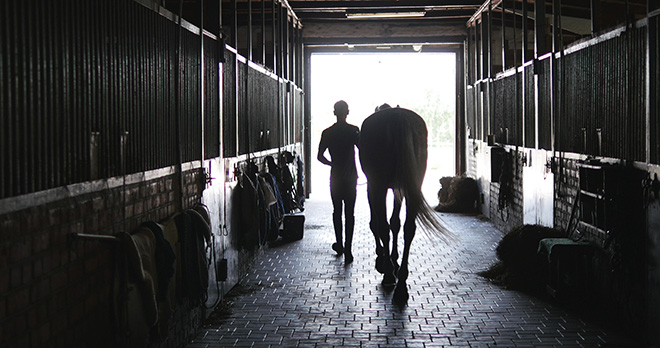Our client Lisa’s experience of being attacked by cattle and bringing a claim
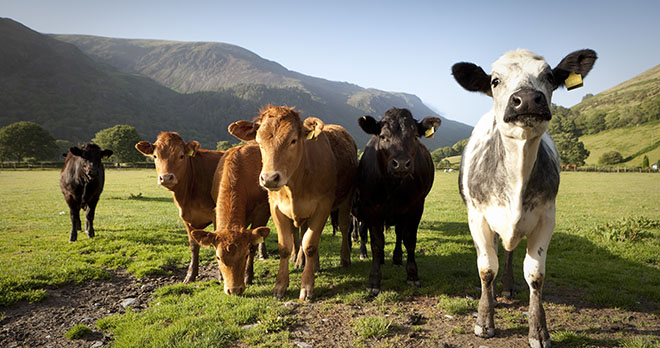
Lisa is a very experienced walker having completed mountain leader training. Lisa has also regularly led group walks and assisted the Rambler’s Association with organising walks too.
In June 2019, Lisa was out walking with her seven-year-old granddaughter in the Snowdonia National Park: Eryri National Park. Lisa had her two dogs with her. The dogs were restrained on their leads and Lisa described them as being “perfectly relaxed”.
Lisa was walking in an area of open access land she was familiar with, close to where she was working at the time. Lisa intended to follow the public footpath to the summit of Crimpiau.
When they set off, Lisa noticed a herd of cows and calves in the distance, quite a long way away from the footpath and Lisa’s direction of travel. As they waked along the footpath, the herd approached them, picking up speed.
One of the cows knocked Lisa over. Its hoof penetrated her right hand and knocked one of her dogs unconscious. Naturally, Lisa’s priority was shielding her granddaughter during this attack, which lasted a few minutes. Lisa vividly recalls the noises coming from the herd and the prolonged period in which they sought to keep her on the ground.
When the cows relented for a moment, Lisa was able to escape through the gap in the wall at the end of the footpath. Unfortunately the gate was missing which enabled the herd to follow; the herd attacked them again.
The cows were very loud: stamping and pawing the ground. Eventually two passing mountain bikers stopped to help and made lots of noise until the animals backed off a bit. Lisa was quickly able to pass her granddaughter to them and let go of the lead she was holding for her conscious dog. The unconscious dog remained with Lisa, zipped into her coat.
Before Lisa could escape, the herd returned and knocked her over. While she was on the ground, the cows were butting her with their heads and trampling her. By now they were a significant distance away from where the first incident had occurred. Every time Lisa tried to get up, the cattle knocked her down again. One or more of the cows also dropped their bodyweight onto her while she was on the ground.
Finally, the mountain bikers managed to pull Lisa to safety in the course of this attack. Nevertheless, the cattle continued to try and attack Lisa after she had exited the field and was on the other side of a gate.
Lisa was in and out of consciousness. The mountain rescue team assisted in transferring Lisa onto an air ambulance.
It later transpired that there was a bull in the herd. Had Lisa known there was a bull in the field she would have taken an alternative route.
As one might expect, Lisa suffered significant physical injuries, mainly to her chest and upper limbs. Lisa suffered multiple fractured ribs, a seriously fractured shoulder, a dislocated collar bone, a crush injury and soft tissue damage to her right hand and scarring as a result of a skin graft procedure and surgical scars. Lisa also developed post-traumatic stress disorder.
Inevitably, Lisa has received a lot of medical treatment and these injuries had knock on consequences in terms of her normal day to day life and her ability to work as usual.
In the news
Lisa’s story garnered national attention, as you can see here:
Snowdonia cattle-trample victim ‘lucky to be alive’ – BBC News
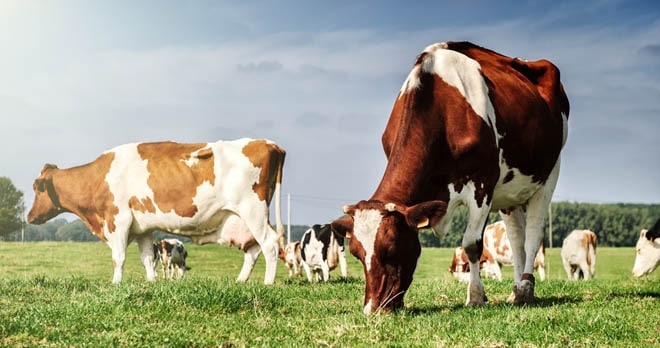
Attacks by cattle: how to avoid them and what you can do when it happens
With Lisa’s help, we hope to explain how the risk of being injured by cattle whilst out walking in the countryside can be reduced.
Bringing a claim for injury
Lots of us are familiar with the concept of negligence i.e. somebody else being at fault: breaching their duty care and causing foreseeable damage to another person.
In Lisa’s case, as with many others we work on, we made various allegations of negligence when she decided to bring a claim for compensation against the “keepers” of the cattle. The main thrust of these allegations was that the farmer responsible for these cattle had failed to follow the Health and Safety Executive’s guidance and was at fault for grazing an unsuitable herd of cattle (containing cows with calves and a bull) on land containing a public footpath.
In addition to allegations of negligence, Lisa’s claim was pursued under the Animals Act 1971. This legislation sets out the criteria for strict liability to be imposed on farmers (and other “keepers” of animals such as cattle) in certain circumstances.
It’s not a straightforward area of law. For present purposes it probably suffices to explain the key difference between negligence and strict liability.
To succeed in negligence, we needed to prove the farmer was at fault.
Strict liability can be imposed even where a farmer is not at fault. Under the Act, strict liability is imposed when an injured person satisfies the relevant criteria and the farmer cannot establish any of the statutory defences set out in the Act.
From the start, our advice to Lisa was that her claim had reasonable prospects of succeeding in negligence and under the Animals Act. Succeeding with one or the other would be sufficient to establish liability. The insurer representing the farmer obviously took a similar view and admitted liability shortly after receiving our letter of claim. Had liability not been admitted, it is likely both parties would have obtained bovine expert evidence to assist the Court in understanding why the cattle behaved in this way.
It is difficult to imagine how traumatic this was for Lisa. It goes without saying that Lisa would rather this never happened, but it is perhaps something of a silver lining that we were able to successfully concluded Lisa’s claim for compensation and also investigate her injuries in such a way that she received specialist treatment to optimise her recovery.
If you have been injured by cows, we’re here to help. Whatever your injuries, our team will be on your side to advise you on the merits of your claim and to support you every step of the way.
Call now
